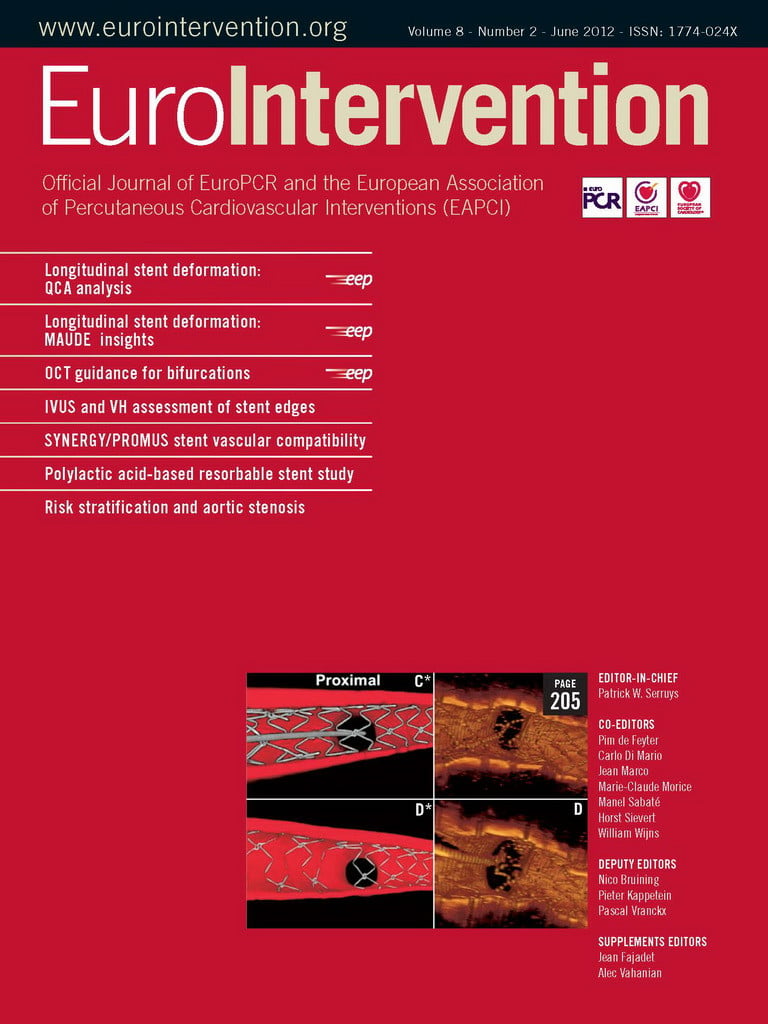Dear colleagues,
At the very foundation of a peer review journal such as ours is the consideration –equally– of all papers of merit. In the charter of the editorial board, there is no mention that a paper submitted from a specific source should be rejected up-front or criticised because of where it originated. This applies to industry, like the academic milieu itself, both of which are producing scientific data of great quality. Information and data should speak for itself, well-written articles of high merit should be judged blindly by the quality of their content, and not by the address of their corresponding author. To insure that the results of the selection process is clear, we, like our fellow journals, have put in place a series of declarations, the famous “conflict of interest statements” to insure that everyone, from author, to publisher to reader is clear about what they are getting. We believe that this system is transparent, allowing individuals to judge for themselves the validity of what we publish, and ensuring the widest sources as well as superior quality of the science that we publish.
In this regard, industry has often shown itself a willing and trustworthy partner. The quality of their research and educational programs are often exemplary, and we have seen over the last few years that many of our most well-known key opinion leaders –interventional cardiologists that stood out by their intellectual capabilities and track records– have joined industry themselves… Rick Kuntz, David Kandarzi, Keith Dawkins, the late Donald Baim, Christian Spaulding, Hans-Peter Stoll, Chuck Simonton, Campbell Rodgers to name a few. In short, we cannot dismiss industry simply because it is the industry. Still, on the other hand, we don’t want to become the unwilling part of a commercial war between corporations, becoming hostage to an undercurrent, which, like all strong undertows, can drag us far out from where we want to position ourselves as a scientific journal. We need to remain above these concerns; through the journal, offering a forum whose reputations and quality furthers our unique goals and advancing our practice.
Recently, our interest in insuring that critical research is released in a timely fashion has sparked several reflections on the selection process. In October 2011, using our newly instituted Editorial Expedited Publication (EEP), we published breaking case reports on longitudinal stent compression1. To insure that this subject was placed in the proper perspective we invited an editorial by a leading engineer2. Our desire to get this important issue rapidly before our public was clearly justified, if one judges from the Internet traffic this “fast-tracked” publication incited.
This, in part, explains why we chose to publish in November 2011 online as an EEP, using the same method, a second series of nine case reports on the issue of longitudinal stent compression, because here, for the first time, we had information on the very low historical incidence and prevalence of this complication3. Again, the Editorial Board sought the opinion of a widely recognised specialist who has no conflicts of interest in this field to comment. As our last editorial was from the perspective of bioengineers, this time we asked how this issue impacts daily practice? What does it mean for the clinician? Finet et al responded with what we believe is a thoughtful and critical assessment of the subject4.
At the same time we received from industry a complementary manuscript on this same subject which the Board found of great interest and decided –according to the charter of the journal– to pursue the standard operational procedure… submitting the paper for peer review5. This we did, submitting the manuscript to a maximum of five reviewers: one declined, one did not respond and of the remaining three, all three agreed to review and we received three positive reviews leading the way to publication.
This should be seen as what it fundamentally is: the continuation of a scientific dialogue, the creation of a valuable forum between clinicians, researchers, practitioners and industry. The breadth and variety of information on longitudinal stent compression that we can now provide, the multiplicity of our sources, the speed in which we can bring it before the public, the assurance of a careful, peer-reviewed process with leading experts commenting through invited editorials… all this has the potential of advancing our work, underlining the commitment of each of us to remain up-to-date, to be exposed to all the latest and available evidence and use our experience and knowledge to evolve our practice. This is not about favouring one group over another. This is not about generating panic or fuelling commercial wars between our industry partners. This is simply about advancing knowledge, working together, and insuring, for our speciality, the highest scientific platform for all our discussions. Join us!

